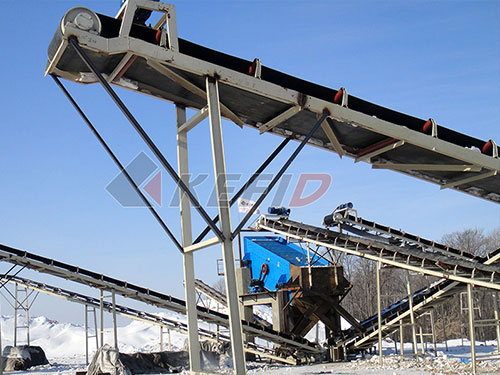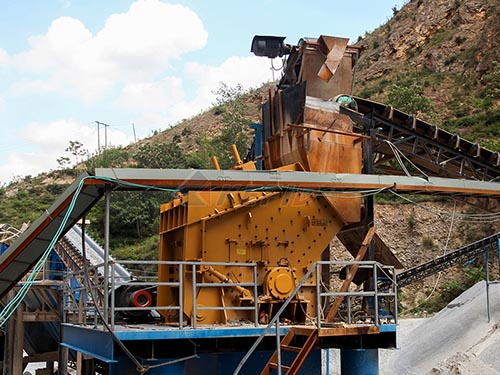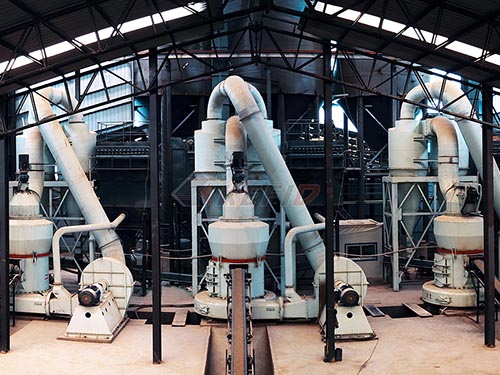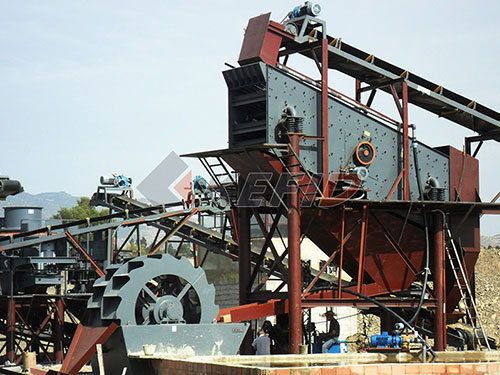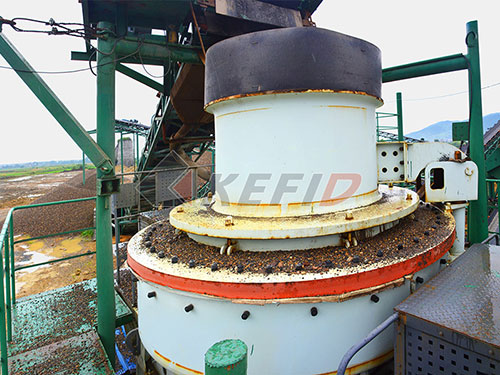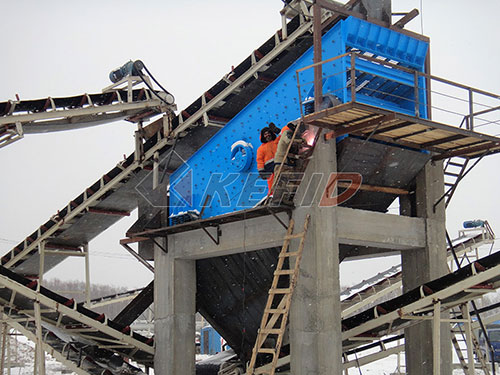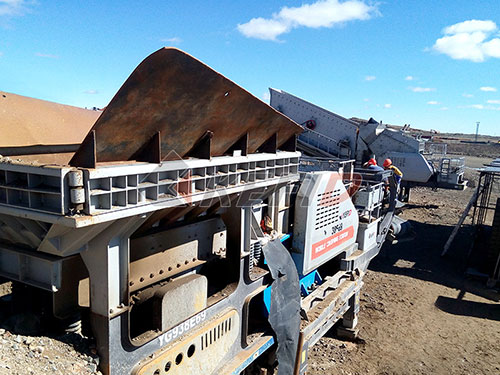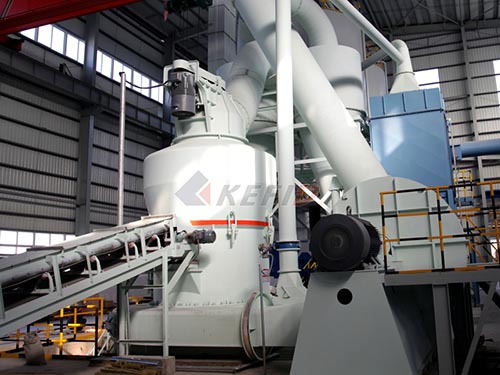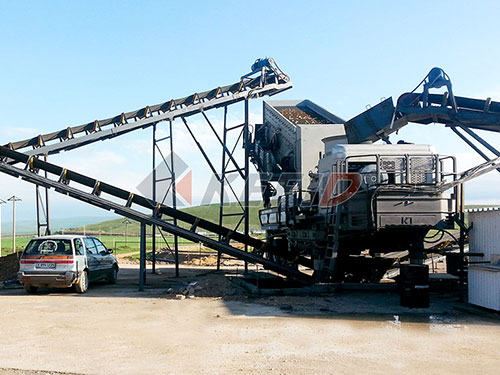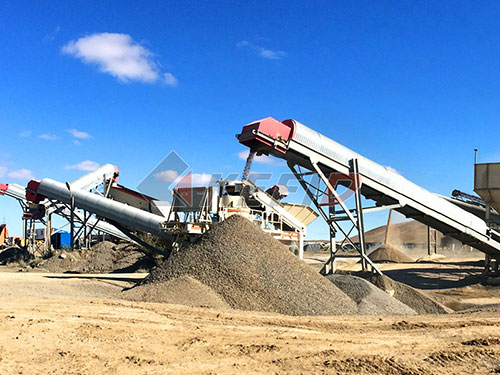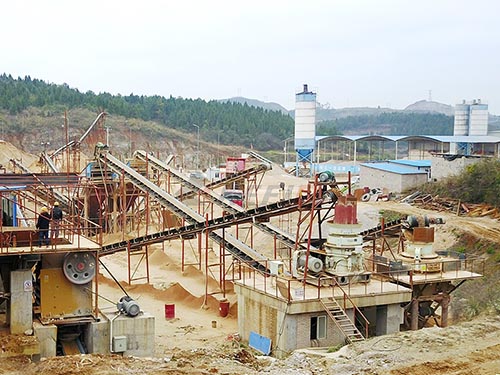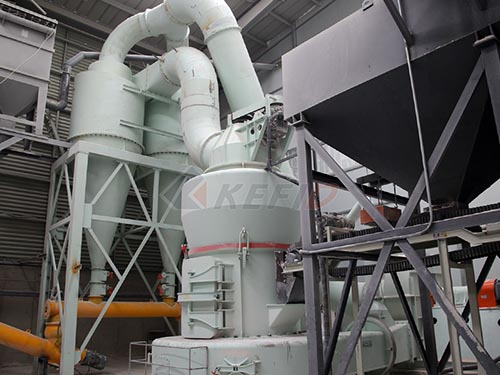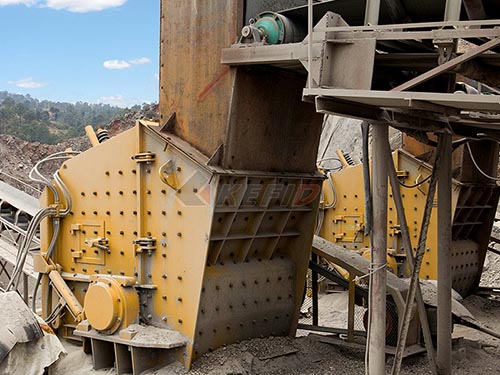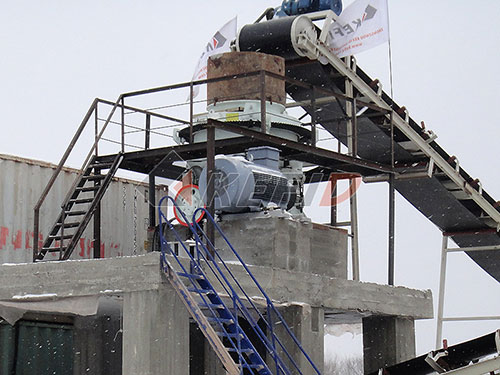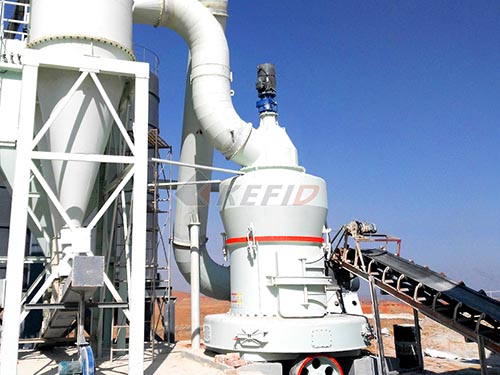
Demystifying Stone Crusher Plant Costs: Factors & Smart Planning
Investing in a stone crusher plant is a significant capital expenditure (CAPEX) for any quarrying, mining, or construction aggregate operation. Understanding the factors that influence the total stone crusher plant cost is crucial for accurate budgeting, securing financing, and ultimately ensuring the project’s profitability. There’s no single “price tag”; costs vary dramatically based on numerous project-specific variables.
Core Cost Components of a Stone Crusher Plant:
1. Equipment Costs (Typically 40-60% of Total CAPEX):
Crushers: The heart of the plant. Costs depend heavily on:
Type: Jaw crushers, cone crushers, impact crushers (horizontal or vertical shaft), gyratory crushers – each has different price points and applications.
Capacity & Size: Larger plants capable of higher throughput require larger, more expensive primary crushers and supporting secondary/tertiary units.
Technology & Features: Advanced automation, hydraulic settings adjustment, wear monitoring systems add cost but improve efficiency and longevity.
Brand & Quality: Reputable brands often command premium prices but offer better reliability and support.
Auxiliary Equipment: Essential for a complete system:
Feeders: Vibrating grizzlies, apron feeders.
Screens: Vibrating screens (inclined, horizontal, multi-deck) for size separation.
Conveyors: Extensive network for material transfer between stages and to stockpiles.
Hoppers & Bins: For feeding and temporary storage.
Dust Suppression System: Critical for environmental compliance and worker safety (water spray systems, fog cannons).
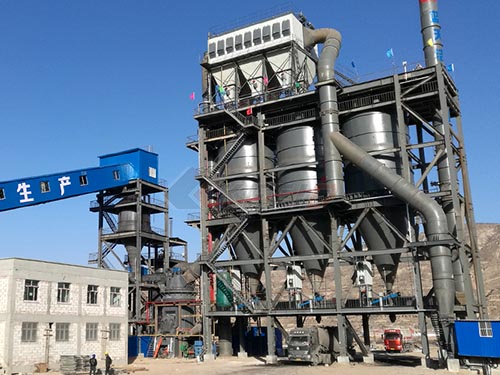
Electrical Systems: Motors, switchgear, control panels (often PLC-based), cabling.
2. Infrastructure & Installation:
Site Preparation: Clearing, grading, leveling, drainage. Complexity depends heavily on terrain.
Foundations: Robust concrete foundations are mandatory for heavy machinery like primary crushers and screens. This is a major cost factor influenced by soil conditions and design loads.
Structural Steel: Support structures for conveyors, walkways, access platforms, crusher houses/enclosures.
Installation Labor: Skilled labor for assembling machinery, erecting structures,


